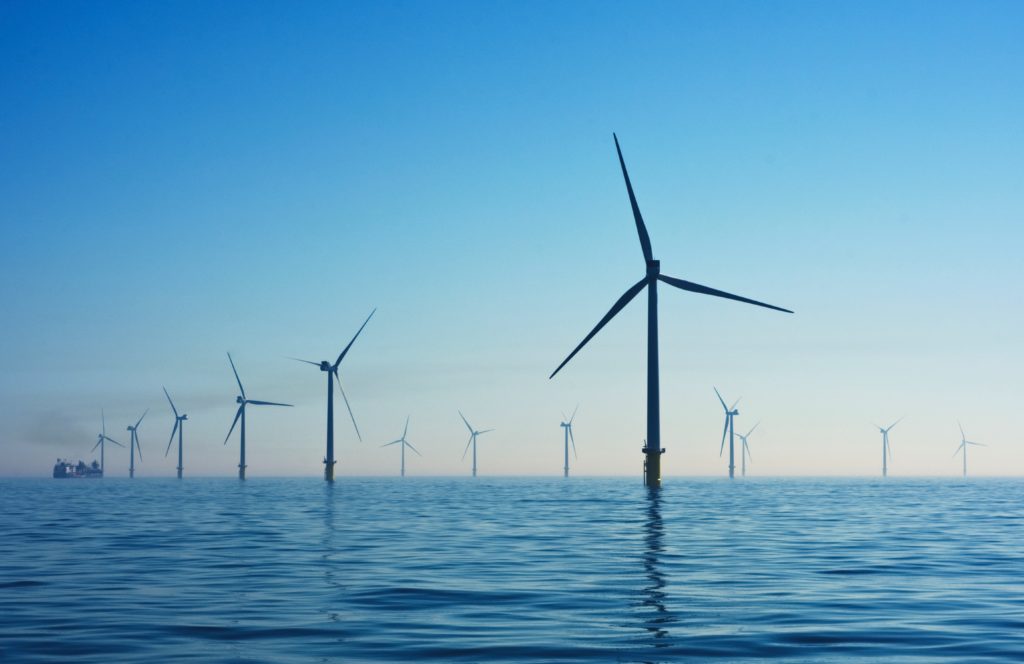
The Climate Change Act has been in place in the UK for over a decade. Icarus Complexlooks at what’s been achieved under this framework and what we can expect next.
2008: The Climate Change Act is created
- The UK is the first country to introduce long-term legislation on climate change, cementing its position as an international leader on the issue. The Climate Change Act establishes a framework for the government to deliver on emissions targets and prepare for future risks.
- A long-term emissions target is set at an 80% reduction of 1990 levels by 2050.
- Short-term targets are set in five-year cycles.
2008: Committee on Climate Change (CCC) is established
- The CCC is an independent advisory body responsible for recommending the five-year carbon budgets – the total amount of greenhouse gases the UK can emit in that period. The CCC also monitors progress on emissions reduction and ensures that emissions targets are evidence-based and independently assessed.
2012: 1st carbon budget is met (2008-2012)
- The UK successfully reduces carbon emissions by 25% of 1990 levels.
2015: The Paris Agreement
- The country plays a central role in bringing together 195 countries in a global effort to tackle climate change. The main target of the Paris Agreement is to keep a global temperature rise to below 2 degrees Celsius.
2017: 2ndcarbon budget is met (2013-2017)
- The UK outperforms its second carbon budget target of 31%. Emissions are 43% below 1990 levels.
2017: The Clean Growth Strategy
- The government announces a set of policies and proposals that aim to deliver increased economic growth in the UK, while decreasing emissions. $2.5 billion is to be invested in low carbon innovation. Plans include greenhouse gas removal technologies, improving the energy efficiency of homes and ending the sale of new petrol and diesel vehicles by 2040.
2018: 3rdcarbon budget is underway (2018-2022)
- The UK’s 3rdcarbon budget is set at 37%. The CCC expects to outperform this by 2022.
2018: Government unveils plans for wind power
- The government reveals plans to double offshore wind capacity in the next decade, generating 20% of UK power and powering millions of homes each year.
2018: 25 Year Environment Plan
- The government announces a comprehensive 25-year environment plan. The plan identifies land use, land use change and the agriculture and waste sectors as key targets in tackling climate change.
2019: Wind power spending
- The government follows through on its promise for wind power, sanctioning £40bn of infrastructure spending over the next decade to deliver 30GW of offshore wind. This will provide a third of the UK’s electricity needs in 2030.
2019: A new emissions target
- The CCC announces that the UK must reach zero emissions by 2050 if the global temperature increase is to stay under 1.5C.
Next steps
The CCC has reported that the UK is not on track to meet its 4thcarbon budget by the end of 2027. The target is set at 51% of 1990 levels. In order to achieve this, the UK will need to reduce emissions by at least 3% a year from now on.
Chris Stark, chief executive of the Committee on Climate Change, said that a radical change in approach was needed if the UK was to continue to feel “proud” of its climate policies and performance.
“A great deal has changed since 2008. We have successfully moved from the business as usual line of a few years ago – we were heading to 4C warming,” he said.
“But we are on track for 3C – still a destructive level of warming. And we are nowhere near the emissions trajectories for the 1.5C and 2.0C goals in the Paris Agreement.”
According to Stark, reaching tougher emissions targets will require “maximum flexibility”.
“That requires the strongest leadership in the heart of government. And that – in the end – will be the key marker of our future success.”